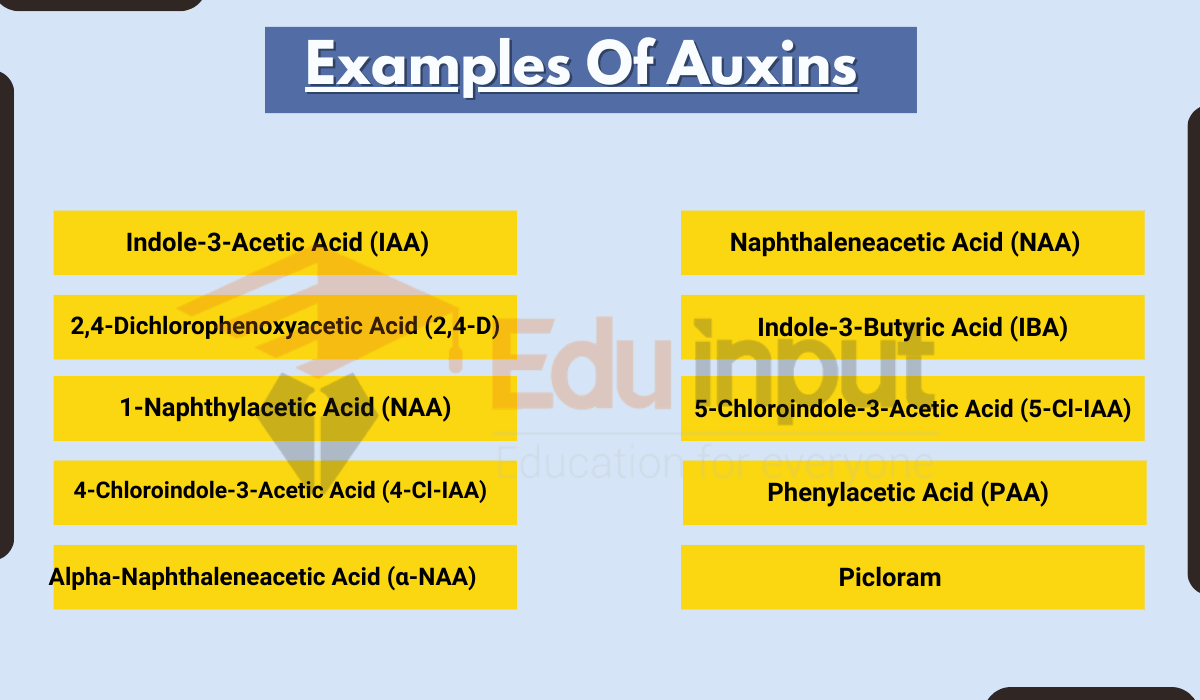25 Examples of Cells
Neurons, red blood cells, muscle cells, and skin cells are some important examples of cells in the human body.
Examples of Cells
Cells are the fundamental units of life, serving as the building blocks of all living organisms. They vary in size, shape, and function, playing diverse roles in the functioning of biological systems.
Here are 25 examples of cells:
1: Red Blood Cell (Erythrocyte)
Red Blood Cell are Specialized for oxygen transport and characterized by their biconcave shape.
2: Neuron (Nerve Cell)
Neuron transmit electrical signals in the nervous system, allowing communication between cells.
3: Muscle Cell (Myocyte)
Muscle Cell are Responsible for muscle contraction, generating movement in the body.
4: White Blood Cell (Leukocyte)
White Blood Cell are part of the immune system, defending against pathogens and infections.
5: Epithelial Cell
Epithelial Cell are Found in various body tissues, forming protective linings and surfaces.
6: Adipocyte (Fat Cell)
Adipocyte Stores energy in the form of fat and plays a role in insulation and cushioning.
7: Sperm Cell (Spermatozoon)
Sperm Cell is a male reproductive cell specialized for fertilization.
8: Ovum (Egg Cell)
Ovum is a Female reproductive cell that combines with sperm during fertilization.
9: Pancreatic Beta Cell
Produces insulin, regulating blood sugar levels.
10: Root Hair Cell
Absorbs water and nutrients from the soil in plants.
11: Guard Cell
Controls the opening and closing of stomata in plant leaves for gas exchange.
12: Red Algae Cell (Rhodophyte)
Contains photosynthetic pigments and is found in marine environments.
13: Volvox
A colonial green alga consisting of many individual cells working together.
14: Amoeba
A single-celled protist that moves and feeds through pseudopodia.
15: Paramecium
A ciliate protist covered in cilia, used for movement and feeding.
16: Osteocyte
Maintains bone tissue and is embedded within the bone matrix.
17: Photoreceptor Cell
Found in the retina of the eye, responsible for sensing light and color.
18: Skin Cell (Keratinocyte)
Produces the protein keratin, which forms the protective barrier of the skin.
19: Ciliated Cell
Possesses cilia for movement or moving substances along surfaces, as seen in respiratory cells.
20: Plant Cell (Eukaryotic)
Contains a cell wall, chloroplasts, and a large central vacuole.
21: Prokaryotic Cell (Bacterial Cell)
Lacks a nucleus and membrane-bound organelles, typical of bacteria.
22: Stem Cell
Undifferentiated cells with the potential to develop into various cell types.
23: Egg Cell (Zygote)
Zygote is Formed when a sperm fertilizes an ovum, initiating embryonic development.
24: Fungal Cell (Yeast)
Single-celled fungi that play a role in fermentation and baking.
25: Hepatocyte (Liver Cell)
Performs various functions in the liver, including detoxification and metabolism.





Leave a Reply